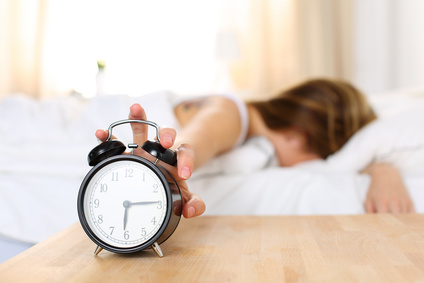
by Leslie Johnson
Eating a hearty bowl of breakfast cereal with milk is one of the most popular ways to start out the morning. Every day, numerous Americans wake up, open their pantries, grab hold of a box of processed grains, and chow down with milk and a spoon.
I know a great deal about breakfast cereals, given that my husband, three children, and I love to eat cereal together in the dining room almost every morning. Not surprisingly, each of us has extremely different likes and dislikes when it comes to our breakfast cereals, so you can imagine how fun it is for me to try and satisfy everybody’s cereal expectations.
As head of the household and designated grocery shopper, I’ve made it my job to make sure my family gets the healthiest, most nutritious breakfast cereals first thing in the morning.
For those of you who are wondering what to be on the lookout for when it comes to your family’s breakfast cereals, here are four essential nutritional facts to seek out and investigate.
Fiber
Most Americans don’t get the recommended 28 grams of fiber a day. Unless you’re grabbing for fruit, vegetables, and whole grain numerous times a day, chances are you’re neglecting to load up on this essential ingredient.
When it comes to searching for a good breakfast cereal, fiber should be one of your top priorities.
Fiber lowers blood cholesterol, prevents heart disease and diabetes, and makes people feel full, which discourages overeating.
More often than not, if a breakfast cereal has a hearty helping of fiber, the cereal brand will make an announcement on the box.
Some of the best high-fiber cereals I’ve come across include Fiber One, Cascadian Farm Organic’s Hearty Morning Fiber, Barbara’s High Fiber Cereal, and Kashi’s GoLean! Toasted Berry Crumble.
Gluten
Although gluten is found in most staple foods in the Western diet, gluten-free foods have become relatively popular in recent years. My son Eli has a gluten allergy, so I’m constantly on the lookout for cereals that he can eat and actually enjoy.
Like many other individuals around the world, Eli can’t digest gluten foods without experiencing symptoms of gluten intolerance, such as bloating and indigestion.
You don’t have to be gluten intolerant to eat gluten-free cereals either; many of them are just as delicious – if not more delicious – than many of the mainstream cereals on the marketplace today.
Some of the best gluten-free cereals I’ve come across include Kellogg’s Gluten-Free Rice Krispies, General Mill’s Honey Nut Chex, EnviroKidz’s Organic Amazon Frosted Flakes Cereal, and Barbara’s Honey Rice Puffins.
These are just some of the many options out, however.
Low-sugar or sugar-free options
According to the USDA, the average American consumes more than twice the recommended sugar serving a day. Unfortunately, sugar is one of the most common ingredients in traditional breakfast cereals.
I’m very weary of this ingredient, particularly because I know the effect it will have on me and my family. We’ll get a burst of energy after eating these cereals, but later in the day we’ll have an energy crash.
Too much sugar consumption can lead to weight gain, diabetes, blood sugar spikes, and hunger cravings. Sugar-free cereals are a great choice for people who suffer from diabetes, but they’re also an option for people on low-calorie, low-carb, and no-carb diets.
Some of the best sugar-free cereals I’ve sampled include Kashi 7 Whole Grain, McCann’s Instant Irish Oatmeal, and Uncle Sam.
Serving size
This isn’t a nutritional ingredient, but it’s something to be on the watch for. Many individuals pour cereal into a bowl without an ounce of consideration into how much they’re pouring.
Keep in mind – depending on the size of the bowl – you might be going over the recommended serving size in your cereals. To keep things healthy, go ahead and read the serving size of your cereals when you purchase them.
You might be shocked to see something like 200 calories for one cup of cereal, but put that box up next to one that has ½ cup for 100 calories, and you’ll understand why you’re essentially getting the same amount of calories per serving.
When it comes to serving size, figure out how many calories you want to splurge during breakfast and then gauge how many calories you’re likely taking in per cereal-bowl serving. You might be surprised to see what you find.
Breakfast is the most important meal of the day, so if you’re opting for a bowl of cereal, it’s important to know what nutritional facts to be on the lookout for. Whenever you reach for a box of cereal, always pay attention to its sugar content, gluten facts, serving size, and fiber makeup.
(Leslie Johnson is an avid health, nutrition, and lifestyle blogger for mastersinhealthcare.com. If you have any questions for Leslie, feel free to leave them here.)





Be the first to comment